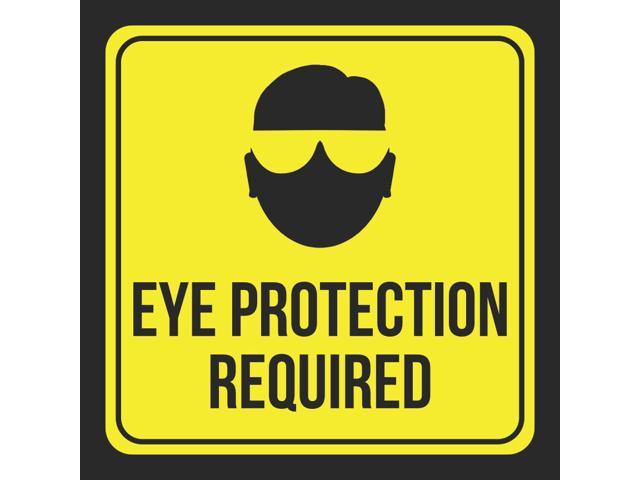Summer time is approaching…now is the time many people working outdoors break out the sunglasses. While conventional sunglasses may protect the eyes from glare, they do a poor job of protecting your eyes from the industrial hazards of splashes, flying objects, and dust. In fact, conventional glasses can present their own hazards in the workplace.
- It is a fact that the frame and lenses used in safety glasses are stronger than the frame and lenses used in conventional glasses. When an object strikes the lens of safety glasses it is very unlikely that the lens would dislodge. This is not true of conventional eye wear, especially those types with wire frames. When an object strikes the lens of conventional glasses, the lens can shatter, showering the wearer’s eye with shards of glass. This can happen, and it has happened. But, with a pair of approved safety glasses, the lens may break, but it will not shatter back into the eye.
- Safety glasses also have shields to reduce the risk of foreign objects reaching the eye from the sides, top or bottom. Sunglasses do not.
- Because sunglasses have a darkened lens, some people mistakenly believe these glasses will provide the needed protection when welding, brazing, or cutting. This is far from the truth. A darkened lens will not protect your eyes from the infrared (IR) and ultra-violet (UV) radiation. Wearing glasses with darkened lenses which are not made for industrial applications, can actually be more dangerous than wearing no glasses at all. For adequate protection from the visible light produced by welding, the lens must be of a specified shade. Sunglasses are not welding/cutting goggles.
- What should you look for when selecting safety sunglasses? First, be sure the glasses are indeed safety eye wear, by checking to see if they comply with American National Standards Institute (ANSI) standards, the organization which sets the criteria for safety eye wear. This will be stated on the packaging and on the frame of the glasses. Look for “Z87.1.” This is the ANSI designation identifying the glasses as approved safety eye wear.
Although not a necessity, consider glasses providing IR and UV protection. Look for glasses that are lightweight and adjustable. If the glasses don’t fit properly, they won’t be comfortable and thus they may not be worn. Try them on and adjust them before starting work. Get with your supervisor or safety tech if you are in need of a pair of safety sunglasses.
PDF version is available through the link below.

